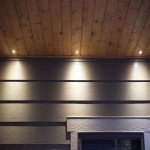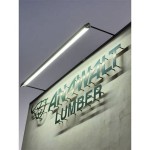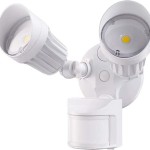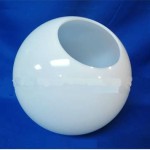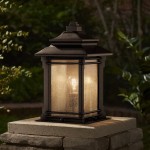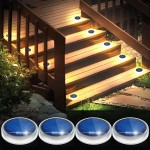Essential Aspects of Running Conduit For Outdoor Lighting
Outdoor lighting not only enhances the aesthetics but also adds a layer of safety to your property. Running conduit for outdoor lighting is a crucial aspect that ensures the longevity and proper functioning of your lighting system. Here are some essential aspects to consider when running conduit for outdoor lighting.
Choosing the Right Conduit: Selecting the appropriate conduit is essential to protect the electrical wires from moisture, sunlight, and physical damage. PVC (polyvinyl chloride) conduit is a common and cost-effective choice for outdoor applications. It is durable, UV-resistant, and flexible, making it easy to work with.
Determining the Conduit Size: The size of the conduit you need depends on the number and gauge of electrical wires you will be running. Choose a conduit with sufficient space to accommodate all wires comfortably, allowing for future additions or replacements.
Planning the Conduit Route: Plan the conduit route carefully to minimize the number of bends and turns. Keep the route as straight as possible to reduce friction and avoid damage to the wires. Consider factors like obstacles, drainage, and future landscaping.
Burying the Conduit: In most cases, burying the conduit is the preferred method of installation. Dig a trench deep enough to provide proper protection while maintaining a safe distance from other underground utilities. Use caution not to damage existing cables or pipes.
Installing Conduit Fittings: Conduit fittings, such as elbows, tees, and couplings, are used to connect and guide the conduit along the route. Ensure these fittings are watertight and installed correctly to prevent moisture ingress.
Running the Electrical Wires: Once the conduit is in place, pull the electrical wires through carefully. Use a wire pulling lubricant to reduce friction and prevent damage. Keep the wires organized and avoid sharp bends.
Sealing the Conduit: After running the wires, seal all openings and fittings with electrical tape or sealing compound. This will prevent moisture and debris from entering the conduit and compromising the system.
Testing the System: Before energizing the lighting system, perform a continuity test to ensure proper electrical connections. Check for any loose connections or damage that may compromise the system.
Running conduit for outdoor lighting requires careful planning and proper installation techniques. By following these essential aspects, you can ensure a safe, efficient, and long-lasting outdoor lighting system.

Your 4 Step Conduit Guide Jim Lawrence Blog

How To Install Outdoor Lighting And Solar Lights Garden

Your 4 Step Conduit Guide Jim Lawrence Blog

Running Power To An Outbuilding Fine Homebuilding

How To Run Electrical Wiring Outside Family Handyman

Your 4 Step Conduit Guide Jim Lawrence Blog

How To Run Electricity A Shed Diy Step By Guide At Improvements

How To Run Conduit Through Exterior Wall Aerosusa

Wiring Installation Coastal Source

How To Install A Yard Light Post Electrical Projects Home Wiring Lights
